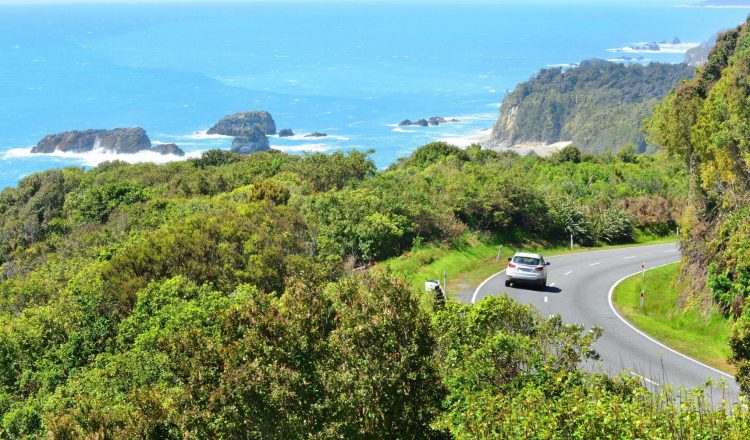若いドライバー
制限付き免許を持つドライバーは、他のドライバーに比べて死亡事故や重傷事故に巻き込まれる可能性が7倍高くなります。また、データによると、制限付きの若いドライバーは、制限付き免許で単独運転を始めてから6ヶ月から12ヶ月の間に、人生のどの時期よりも重大な事故に遭う危険性が高いことが分かっています。このようなリスクの増加は、運転の未熟さが一因です。
2019年、16~24歳の若いドライバーは、71件の死亡事故、612件の重傷事故、3,058件の軽傷事故に巻き込まれました。*
リスクを知る
事故のリスクは、経験を重ね、危険な状況を認識して安全な選択をするための意思決定スキルを身につけることで減少していきます。
若いドライバーにとって最もリスクの高い状況は、夜間の運転と同乗者を乗せることです。そのため、制限付き免許の条件では、午後10時から午前5時の間に監督者なしで運転することや、いかなる時でも監督者なしで同乗者を乗せることが禁止されています(一部の例外を除く)。
単独運転
新人ドライバーにとって最もリスクが高いのは、単独運転を開始してからの6〜12ヵ月間です。
運転技術の向上
様々な条件やシチュエーションでの運転経験を積むことはとても重要です。若いドライバーにとっては、経験豊富な指導者がそばにいてアドバイスや指導をしてくれることが一番です。Driveプログラムは、ニュージーランド運輸局(NZ Transport Agency)とACC(事故補償制度)が共同で作成した、ドライバーを支援する無料の実用的な運転プログラムです。
制限付きテストを受ける準備はできていますか?
制限付き免許試験では、高い水準の運転が求められます。不合格になった場合は、再度受験料を支払って受験することになります。
以下の自信はありますか?
- 後方の縦列駐車または三点支持旋回を行うこと(縦列駐車は2分以内に、前進と後退を含めて4回以内の動作で行う必要があります。)
- 高速(時速70km以上)で安全に車線変更ができるか – 合図を正しく出し、ミラーや肩をチェックすることも含まれます。
- 対向車線を横切る右折 – 安全な車間距離を取り、車を正しく配置します。
これらのことができなければ、試験を受ける準備ができていないということになります。できるようになったら、Driveのウェブサイトにある制限付き免許試験の情報(外部リンク)を見て、できるようにしなければならない他のこともチェックしてみてください。

















































